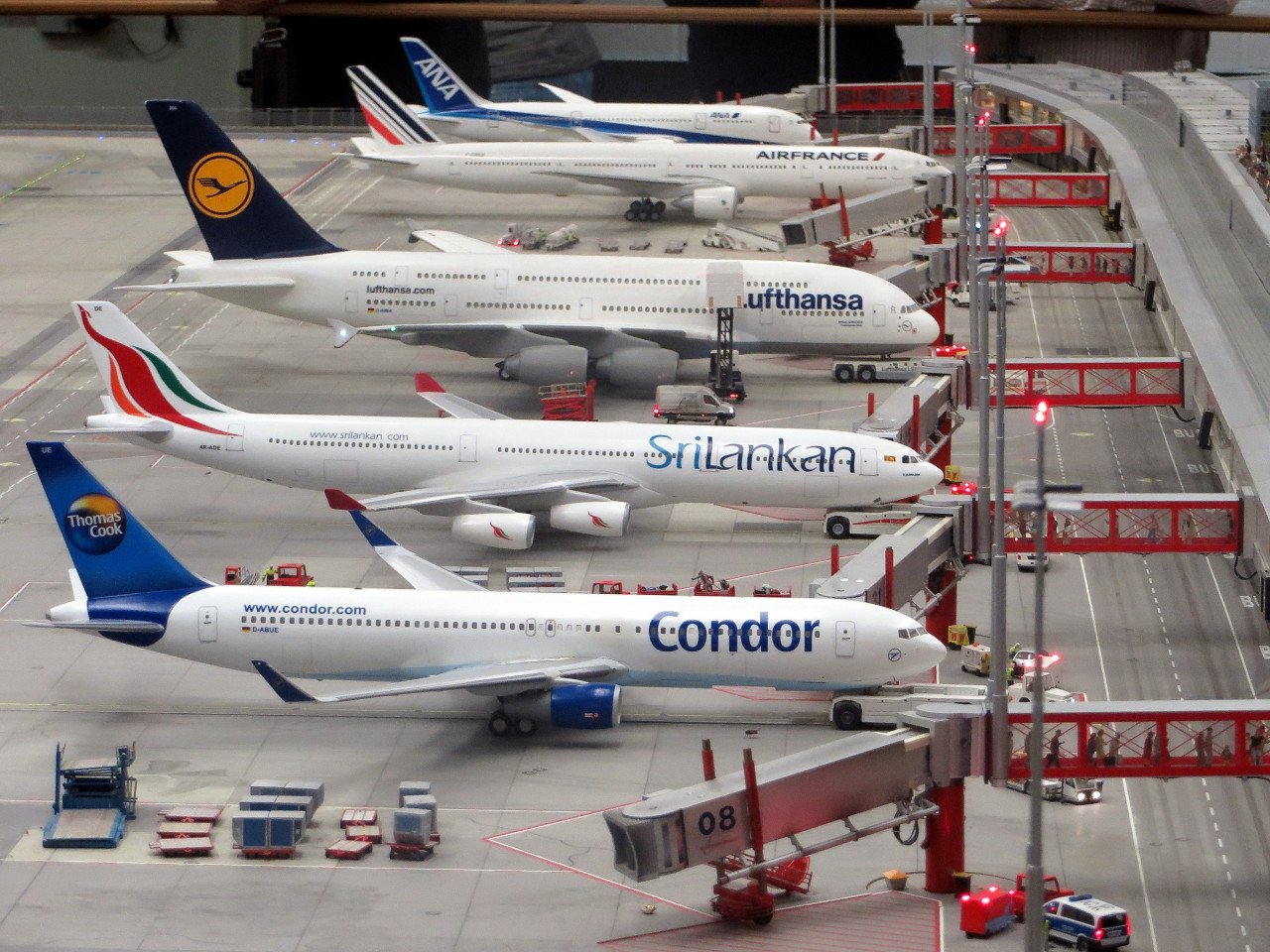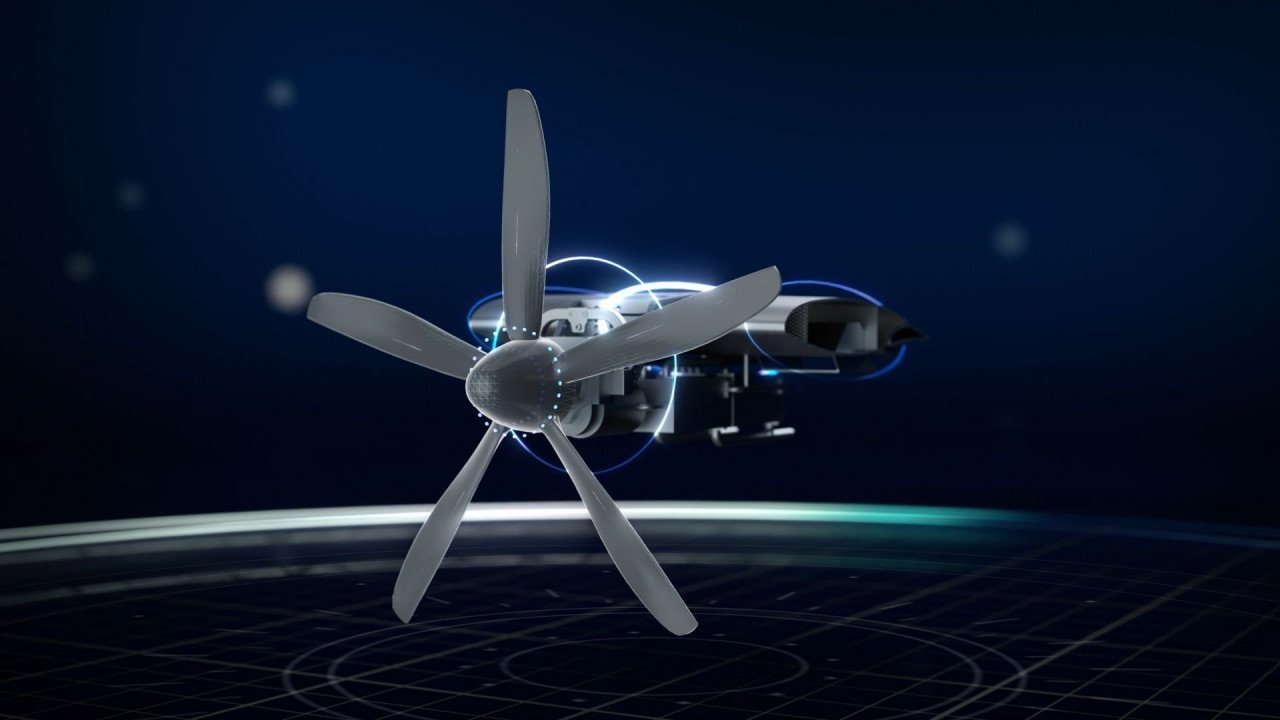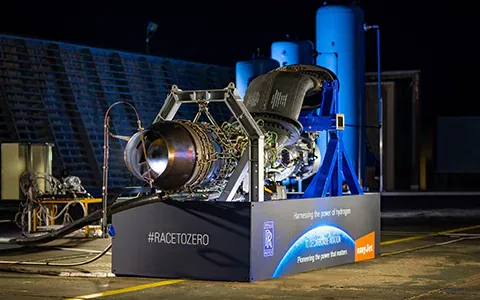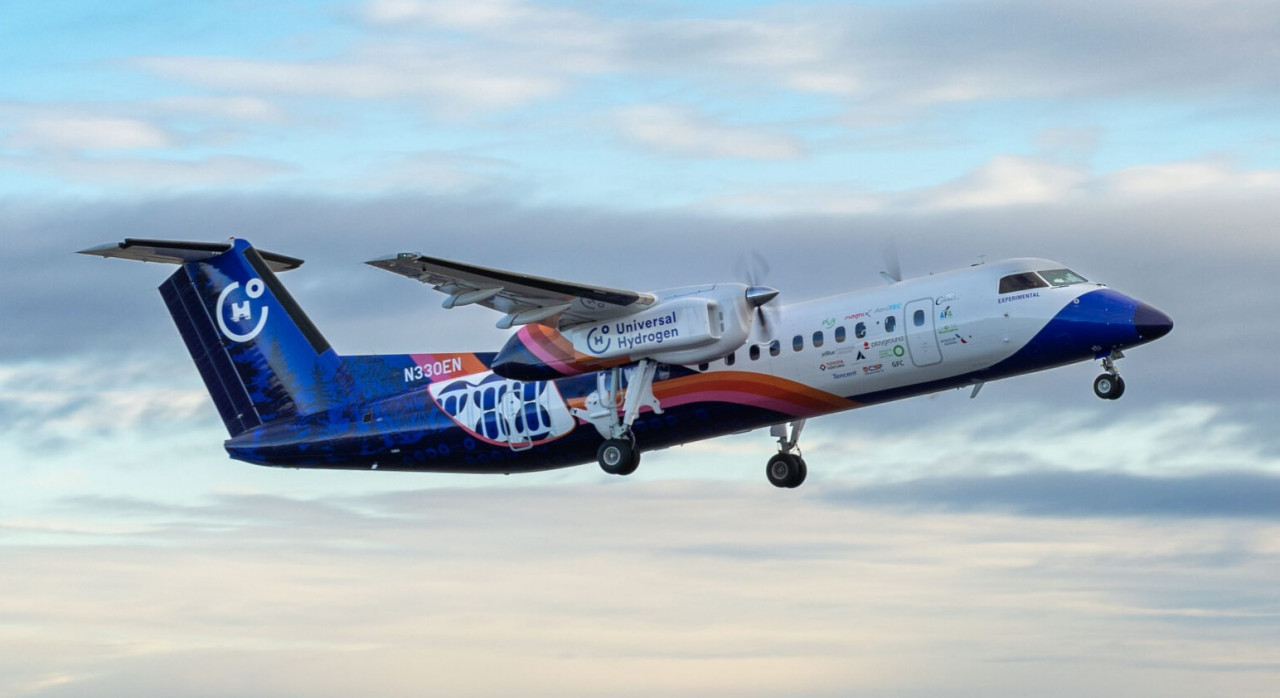Hydrogen is emerging as a game-changing contender for innovation towards meaningful reduction in aircraft emissions. Real-life validation of its potentialities over the next few years will decide the fate of hydrogen in the upcoming era of sustainable aviation.

Airlines reiterate Net Zero by 2050, seek incentives for sustainable fuels

MTU Aero Engines announces 'Flying Fuel Cell' program for H2-based aviation
Challenges aplenty
Although the most promising zero-emission route for aviation today, hydrogen is facing significant challenges in terms of technological, supply chain and infrastructure.
For instance, storage on board an aircraft is technically difficult, thanks to hydrogen's lower volumetric density, which may even take up to four times larger storage space than jet fuel on an average, thus warranting significant redesigns to traditional airframe and fuel tank designs. Aircraft with hydrogen storage will need to achieve better safety record than conventional airplanes before they can be inducted for passenger transport.
Further, the cost of hydrogen per kWh is much more expensive than jet fuel at present. We can assume, however, that intensified global generation of renewable energy and mass scaling-up of green hydrogen in the coming years will bring costs down and lower the gap with options such as jet fuel and SAF.
Another big challenge is the logistics of transporting hydrogen and storage infrastructure required at airports to support refueling. Hydrogen can either be transported via existing pipelines in large quantities or through use of trucks to supply smaller quantities. On-site production of hydrogen fuel can be another option at large airports, especially those with abundant renewable energy generation in the locality. But the transition from jet fuel to hydrogen is easier said than done; it requires significant investments and collaborations between companies involved and standardization on the part of regulators for uniformity across the globe.
Despite these constraints, hydrogen is still at the heart of climate-neutral aviation and one can find an emerging consensus among tech suppliers, aircraft manufacturers, airliners, and policymakers on the technological pathways to achieve this revolutionary transition.
For instance, the International Air Transport Association (IATA), a premier association of world's airlines, has recognized liquid hydrogen as a practical alternative fuel for aviation. In the near future, IATA considers fuel cell powertrains suitable for short-range aircraft and hydrogen combustion for long-range and higher-payload operations.
Ambitions fly high
Aircraft manufacturers have also put forth their ambitions loud and clear. Airbus is taking a giant leap with a vision of developing the world's first zero-emission aircraft by 2035. The company considers hydrogen combustion technology for 'Carbon Zero' scenario (all gross carbon emissions reduced to zero), while finds a hybrid hydrogen setup combining combustion and fuel cell technologies for 'Carbon + Zero', in which NOx and persistent contrails are also significantly reduced along with carbon emissions.
To achieve a 'True Zero' scenario, meaning zero gross emissions, Airbus trusts on the long-term evolution of hydrogen fuel cell and battery-electric technologies. The company has already unveiled 'ZEROe' hydrogen-powered concept aircraft, while a final decision on technology choices and airplane configurations is expected by 2025. Airbus is also working with its airline and airport partners on an initiative called 'Hydrogen Hubs at Airports' to study infrastructure requirements for hydrogen deployment.
Last December, Brazilian aircraft firm Embraer announced the inclusion of hybrid and hydrogen-electric propulsion technologies onto its 'Energia' program meant for future aviation, with 2035 set as the timeline for the roll-out of hydrogen fuel cell aircraft.
Boeing, on the other hand, continues to take a skeptical approach to commercialize hydrogen-powered aircrafts over the next decade, citing "engineering and lifecycle sustainability challenges" that the company claims to actively assess, together with the learnings from its previous five hydrogen demonstration flight test programs. Although the US-based manufacturer has committed itself to achieve net zero carbon emissions by 2050, Boeing believes that the scale-up of SAF offers the "largest potential to decarbonize aviation" over the next 20-30 years.
Nevertheless, it is safe to assume that next year is likely to be a watershed period for the initial validation of the claimed potentialities of hydrogen-based aviation. The road to climate-neutral aviation is long, and perhaps, commercial aircraft powered by hydrogen might not enter passenger service for another decade or so.
Yet, the real-life validation of hydrogen's potential to make aviation sustainable in the later decades of this century will put the aviation industry onto the right track today towards a universal shift to cleaner solutions.

Rolls-Royce test fires aero engine using Green Hydrogen
Read More


